Let’s Dance Rave®

The optimum amount of sun or shade each plant needs to thrive:
Full Sun (6+ hours), Part Sun (4-6 hours), Full Shade (up to 4 hours).

Description
[cs_content][cs_element_section _id=”1″ ][cs_element_layout_row _id=”2″ ][cs_element_layout_column _id=”3″ ][cs_element_text _id=”4″ ][cs_content_seo]Let’s Dance Rave hydrangea livens up your garden with the ultimate purple!
For the most vibrant, stunning show of color nothing can beat Let’s Dance Rave hydrangea. The blooms are developed for spectacular color that varies depending on the soil. From deep saturated pink in neutral to basic/alkaline soil to vivid violet in more acidic soil, there is something for everyone with this party plant. There’s more to Let’s Dance Rave hydrangea than just good looks, though. It is one of the best rebloomers, continually producing new buds as it grows and its glossy, dark green foliage resists disease, keeping it picture-perfect all year long. The Let’s Dance hydrangea was developed in Michigan with improved resistance to winter damage, making it grow just as well in areas with shorter summers.
Here are three great reasons to grow Let’s Dance Rave hydrangea:
Eye-catching vibrant colors add flare to any garden.
Developed to withstand even colder climates.
Rich, green foliage adds to its distinctive look.
CHARACTERISTICS
Plant Type: Shrub
Shrub Type: Deciduous
Height Category: Medium
Garden Height: 24 – 36 Inches
Spacing: 36 – 48 Inches
Spread: 24 – 36 Inches
Flower Colors: Blue | Pink | Purple
Flower Shade: Rich violet-purple in acidic soils, saturated pink in basic ones
Foliage Colors: Green
Foliage Shade: Green
Habit: Mounded
Container Role: Thriller
\n\n[/cs_content_seo][/cs_element_layout_column][/cs_element_layout_row][/cs_element_section][cs_element_section _id=”5″ ][cs_element_layout_row _id=”6″ ][cs_element_layout_column _id=”7″ ][cs_element_accordion _id=”8″ ][cs_element_accordion_item _id=”9″ ][cs_content_seo]Plant Needs\n\n
Light Requirement: Part Sun to Sun | Sun
Maintenance Category: Easy
Blooms On: New Wood | Old Wood
Bloom Time: Summer
Hardiness Zones:
5a, 5b, 6a, 6b, 7a, 7b, 8a, 8b, 9a, 9b
Water Category: Average
Soil Fertility Requirement: Fertile Soil
\n\n[/cs_content_seo][cs_element_accordion_item _id=”10″ ][cs_content_seo]Details\n\n
Uses Notes:
Landscapes, perennial gardens, low hedges – big-leaf hydrangeas are versatile garden plants for anywhere you need some summer color.
Maintenance Notes:
Soil and exposure: Big-leaf hydrangeas should be planted in moist but well-drained soil – they cannot tolerate wet conditions. It’s a good idea to have a 2-3″ layer of mulch in all climates. Plant with at least some sun each day; the hotter your climate, the more shade the plant can withstand.
Pruning: big-leaf hydrangeas cannot be pruned at any point in the year without negatively impacting the flowering. As such, it’s best to avoid pruning this type of hydrangea altogether. If portions of the plant were damaged from winter weather, they can be removed in spring when it is clear where the new growth is emerging.
Fertilizing: The key to getting reblooming hydrangeas to produce new-wood flower buds is to keep them growing vigorously all summer. Hence, fertilizer can be beneficial. Apply a granular rose fertilizer in early spring, when the ground has thawed, and again in late spring. Never fertilize after late July; that can interfere with the plant going dormant.
Color: The “default” color for big-leaf hydrangeas tends to the pink/red tones, and that is the color they will display in neutral (pH 7.0) or higher soil. The soil must be acidic (at least 6.5 or so) for the blue color to develop, and aluminum, a naturally occurring soil mineral, must be present. If you are not satisfied with the flower color in your yard, get a soil test so that you know exactly what must be changed. We do not recommend applying any kind of treatment “just in case” – that’s a waste of time and money, and could potentially lead to pollution or create inhospitable conditions in the soil.
\n\n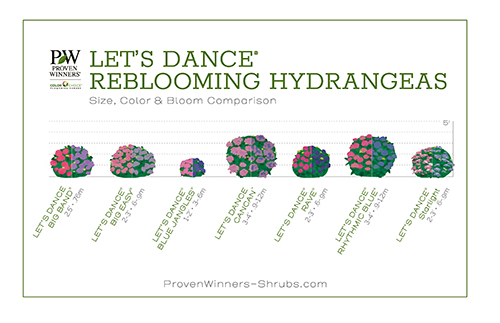 [/cs_content_seo][/cs_element_accordion][cs_element_accordion _id=”11″ ][/cs_element_accordion][/cs_element_layout_column][/cs_element_layout_row][/cs_element_section][cs_element_section _id=”12″ ][cs_element_layout_row _id=”13″ ][cs_element_layout_column _id=”14″ ][cs_element_text _id=”15″ ][cs_content_seo]This plant is hardy in zones 5 – 9
[/cs_content_seo][/cs_element_accordion][cs_element_accordion _id=”11″ ][/cs_element_accordion][/cs_element_layout_column][/cs_element_layout_row][/cs_element_section][cs_element_section _id=”12″ ][cs_element_layout_row _id=”13″ ][cs_element_layout_column _id=”14″ ][cs_element_text _id=”15″ ][cs_content_seo]This plant is hardy in zones 5 – 9
\n\n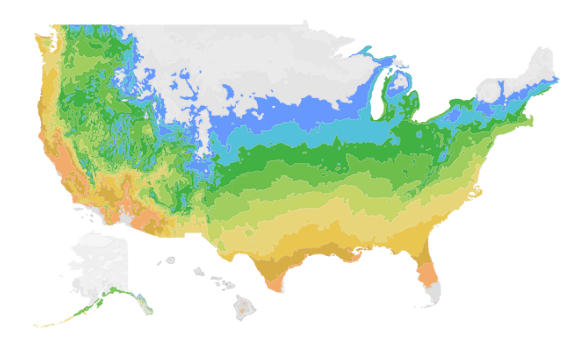 [/cs_content_seo][/cs_element_layout_column][cs_element_layout_column _id=”16″ ][cs_element_text _id=”17″ ][cs_content_seo]Zones are based on the lowest average temperature an area is expected to receive during the winter. They are used to determine whether a plant is likely to be perennial in your area. If your zone is equal to or higher than the zone listed for the plant, it will be hardy for you and thrive in your climate.
[/cs_content_seo][/cs_element_layout_column][cs_element_layout_column _id=”16″ ][cs_element_text _id=”17″ ][cs_content_seo]Zones are based on the lowest average temperature an area is expected to receive during the winter. They are used to determine whether a plant is likely to be perennial in your area. If your zone is equal to or higher than the zone listed for the plant, it will be hardy for you and thrive in your climate.
\n\n [/cs_content_seo][/cs_element_layout_column][/cs_element_layout_row][/cs_element_section][/cs_content]
[/cs_content_seo][/cs_element_layout_column][/cs_element_layout_row][/cs_element_section][/cs_content]
Additional information
| Flower Season | Summer |
|---|---|
| Exposure | Part Sun to Sun |
You must be logged in to post a review.

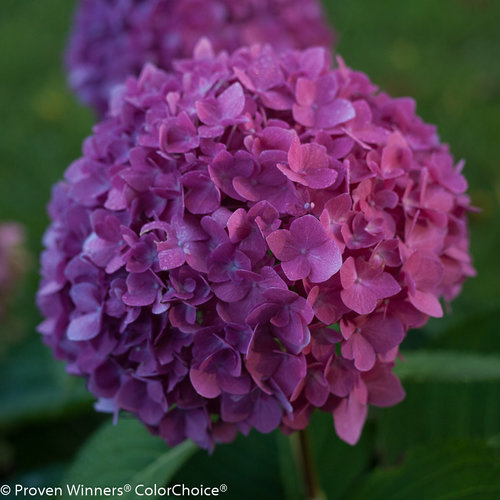
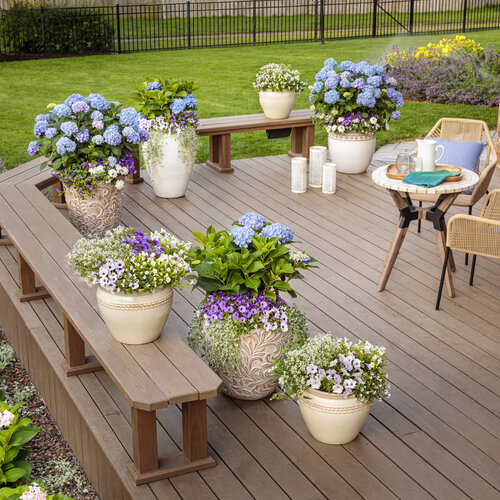
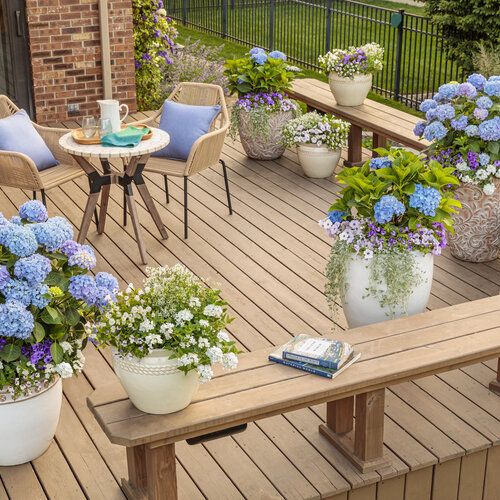
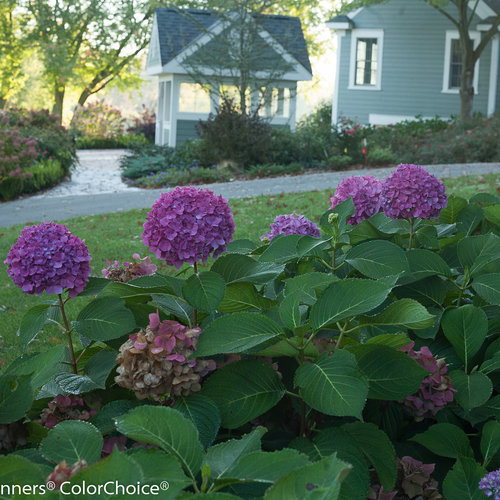
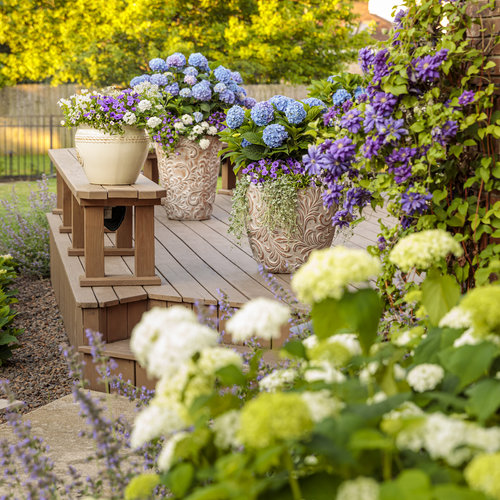
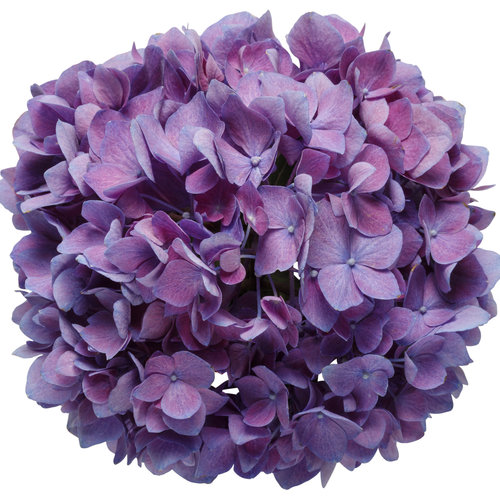
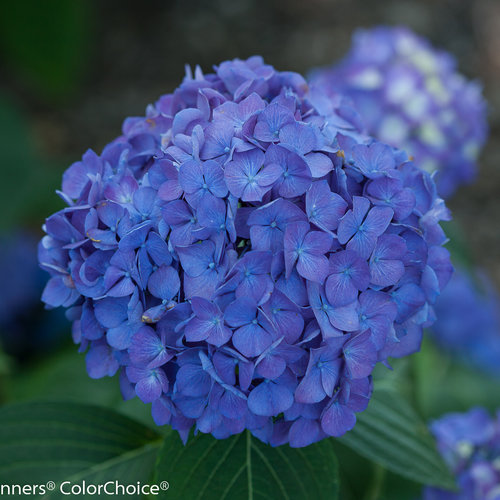
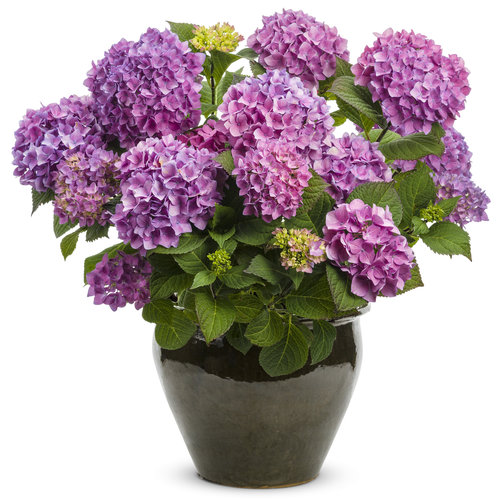
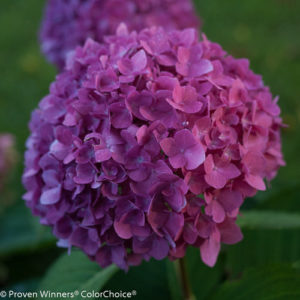
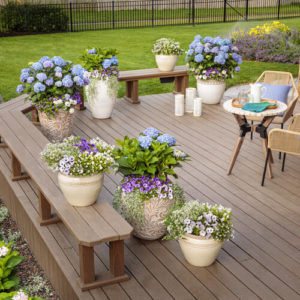
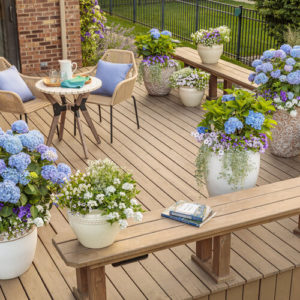
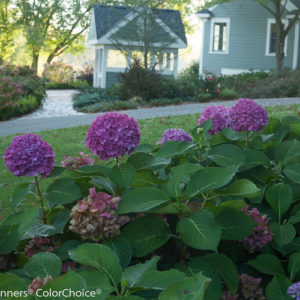
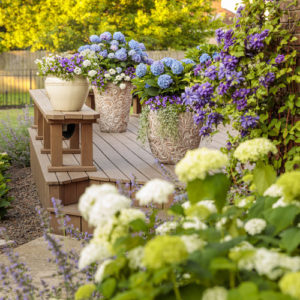
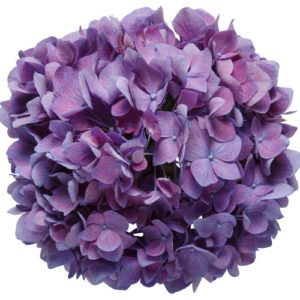
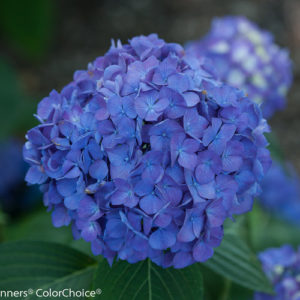
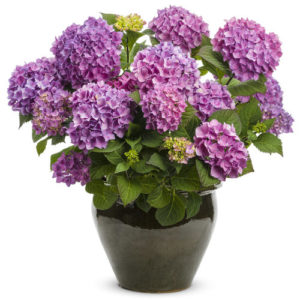
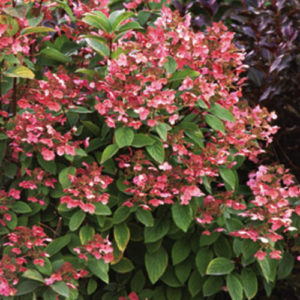
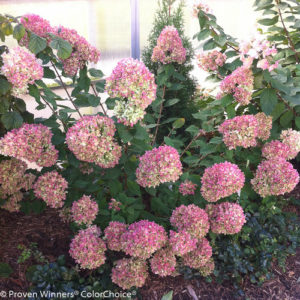
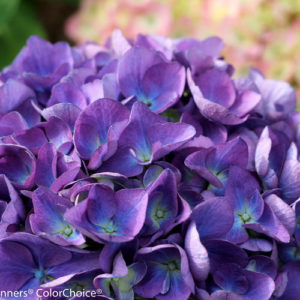
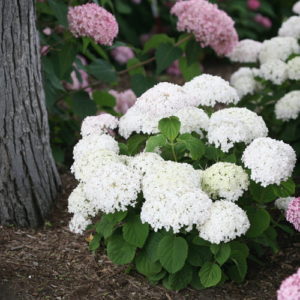
Reviews
There are no reviews yet.